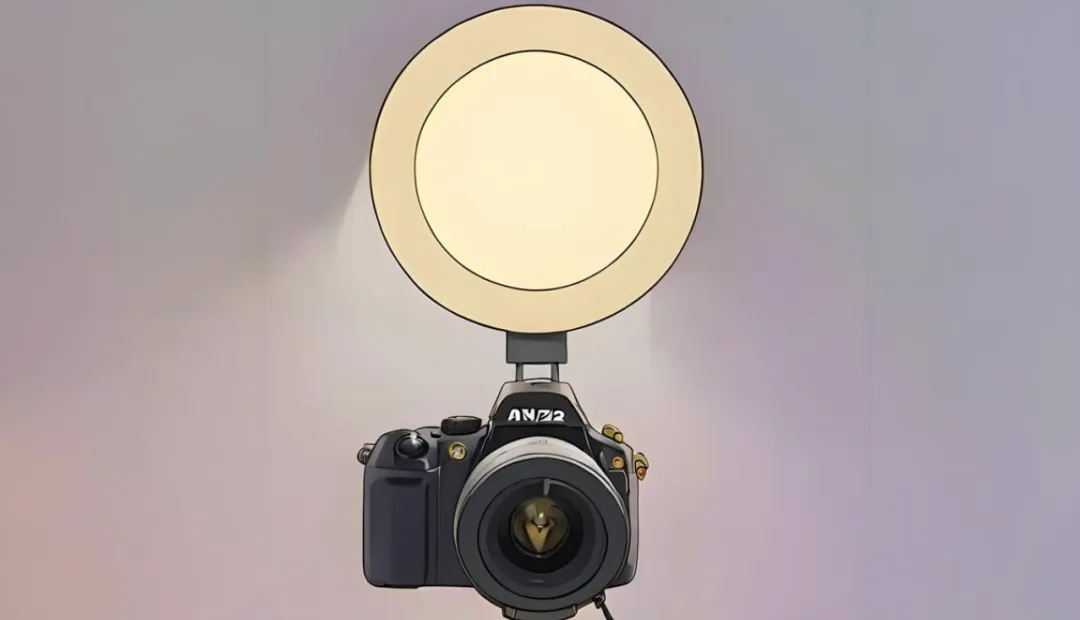In today's era of popular selfie culture, selfie lamps and fill in light products have become essential tools for selfie enthusiasts due to their portability and practicality, and are also one of the explosive products in cross-border e-commerce and foreign trade exports.

As a new type of popular lighting equipment, selfie lamps have a wide variety of types, mainly divided into three categories: handheld, desktop, and bracket. Handheld selfie lights are lightweight and easy to carry, suitable for outdoor or travel use; Desktop selfie lights are suitable for use in fixed places such as homes or offices; The bracket style selfie lamp combines the functions of a selfie stick and a fill light, making it convenient for users to take photos from different angles. Different types of selfie lamp products are suitable for different shooting scenarios, such as live streaming, short videos, selfie group photos, etc.

According to different export and sales markets, the standards followed for self portrait lamp inspection also vary.
IEC standard: A standard developed by the International Electrotechnical Commission (IEC), which focuses on the safety and reliability of products. Self portrait lamp products should meet the safety standards related to lamps and lighting equipment in IEC.
UL standard: In the US market, selfie light products should meet the safety standards established by UL (Underwriters Laboratories), such as UL153, which describes the safety requirements for portable lights using power cords and plugs as connection tools.
Chinese standard: The Chinese national standard GB7000 series, corresponding to the IEC60598 series, is a safety standard that selfie lamp products must meet when sold in the Chinese market. In addition, China also implements the China Compulsory Certification System (CCC), which requires all electrical and electronic products to pass CCC certification in order to be sold in the market.
European Standard: EN (European Norm) is a standard developed by standardization organizations in various European countries. Self portrait lamp products entering the European market must meet the requirements related to lamps and lighting equipment in the EN standard.
Japanese Industrial Standards (JIS) is a Japanese industrial standard that requires selfie lighting products to meet the relevant requirements of JIS standards when sold in the Japanese market.
From the perspective of third-party inspection, the main quality points of product inspection for selfie lamps include:
Light source quality: Check if the light source is uniform, without dark or bright spots, to ensure the shooting effect.
Battery performance: Test battery endurance and charging speed to ensure product durability.
Material durability: Check if the product material is sturdy and durable, able to withstand a certain degree of falling and squeezing.
Integrity of accessories: Check if the product accessories are complete, such as charging wires, brackets, etc.
The third-party inspection process is generally divided into the following steps:
Box sampling: Randomly select a certain number of samples from batch products for inspection.
Appearance inspection: Conduct an appearance quality inspection on the sample to ensure no defects or scratches.
Functional testing: Conduct functional performance tests on the sample, such as brightness, color temperature, battery life, etc.
Safety testing: Conduct safety performance testing on samples, such as electrical safety, fire resistance, and flame retardancy.
Packaging inspection: Check if the product packaging is complete and undamaged, with clear markings and complete accessories.
Record and report: Record the inspection results in a document and provide a detailed inspection report.
For selfie lamp products, during the inspection process, inspectors may encounter the following quality issues, which are commonly referred to as defects:
Appearance defects: such as scratches, color differences, deformations, etc.
Functional defects: such as insufficient brightness, color temperature deviation, inability to charge, etc.
Safety issues: such as electrical safety hazards, flammable materials, etc.
Packaging issues: such as damaged packaging, blurred labeling, missing accessories, etc.
Regarding product defects, inspectors need to promptly record and provide feedback to customers and manufacturers in order to rectify and improve product quality in a timely manner.
Mastering the knowledge and skills of self portrait lamp product inspection is crucial for doing a good job in inspection and ensuring the quality of customer products. Through the detailed analysis and introduction of the above content, I believe you have gained a deeper understanding of the inspection of selfie lamp products. In practical operation, it is necessary to flexibly adjust and optimize the inspection process and methods based on specific products and market demands.
Post time: Jun-26-2024





